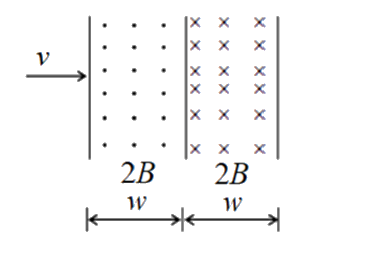The region of the vertebrate eye, where the optic nerve passes out of the retina, is called the
fovea
iris
blind spot
optic chaisma
The correct Answer is:C
blind spot
Topper's Solved these Questions
- BOOK - ICSECHAPTER - NEURAL CONTROL AND CO-ORDINATION EXERCISE - TEST YOUR PROGRESS ( OBJECTIVE TYPE QUESTIONS ) (Fill in the blanks with appropriate words.)14videos
NEURAL CONTROL AND CO-ORDINATION
- BOOK - ICSECHAPTER - NEURAL CONTROL AND CO-ORDINATION EXERCISE - TEST YOUR PROGRESS ( OBJECTIVE TYPE QUESTIONS ) (State whether the following statements are true or false .)9videos
NEURAL CONTROL AND CO-ORDINATION
- BOOK - ICSECHAPTER - MORPHOLOGY OF FLOWERING PLANTS EXERCISE - NCERT TEXTBOOK QUESTIONS WITH SOLUTIONS25videos
MORPHOLOGY OF FLOWERING PLANTS
- BOOK - ICSECHAPTER - NEURAL CONTROL AND COORDINATIONEXERCISE - (Review question) long answer20videos
NEURAL CONTROL AND COORDINATION
Similar Questions
Knowledge Check
- Question 1 - Select One
Blind spont in vertebrate eye is the place where
Athere are no conesBthere are no rodsCthere are neither rods nor conesDretina is absent
In the blind spot where the optic nerve leaves the eye :-
View SolutionThe figure shows two regions of uniform magnetic field of strengths 2B and 2B. A charged particle of mass m and charge q enters the region of the magnetic field with a velocity υ=qBwm, where w is the width of each region of the magnetic field. The time taken by the particle to come out of the region of the magnetic field is
 View Solution
View SolutionThe point where the optic nerve leaves the eye and the retinal blood vessels enter is referred to as
View SolutionThe A leaves the eye and the retinal blood vessels enter it at a point medial to and slightly above the posterior pole of the eyeball. B is not present in that region and hence it is called the C . At the posterior pole of the eye lateral to the C there is a yellowish pigmented spot called D with a central pit called the E
View SolutionA parallel beam of light falls on the surface of a convex lens whose radius of curvature of both sides of 20cm. The refractive index of the material of the lens varies as μ=1.5+0.5r , where r is the distance of the point on the aperture from the optical centre in cm. Find the length of the region on the axis of the lens where the light will appear. The radius of aperture of the lens is 1cm.
View SolutionIn the chemistry of vision in mammals, the photosensitive substance is called
or The visual pigment in rods of retina of vertebrate eye which is responsible for detection of light is
or
It is present in rods and useful in night vision
(a) Rhodopsin
(b) Vitamin C
(c) Melanin
(d) Vitamin KView SolutionThe plate situated between the eyes and passing below that on the head of cockroach is called :
View Solution

